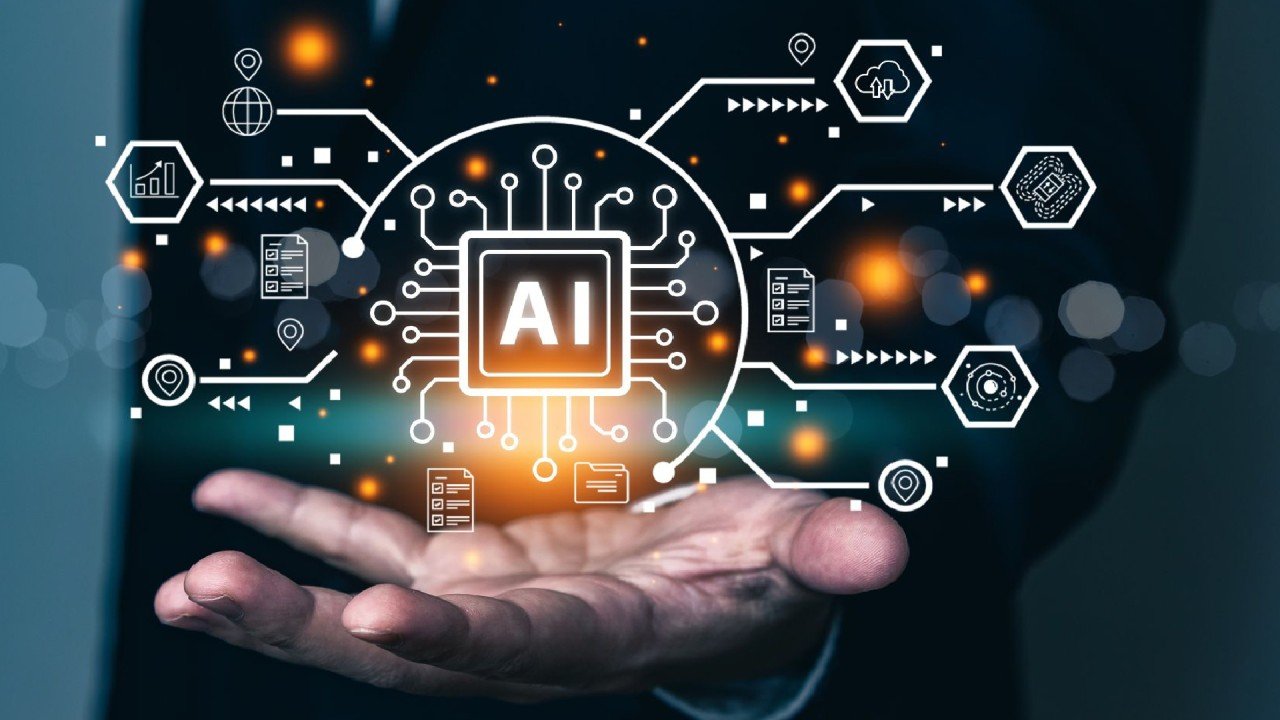AAI 102 – AI Tools & Technologies

About Course
Welcome to AI Tools and Technologies
This hands‑on, beginner‑friendly course demystifies today’s most exciting area of computing—Artificial Intelligence. Designed for learners with no prior coding or math background, the course builds confidence step‑by‑step: from understanding what AI is to training your own mini‑models with simple, free tools.
You will explore key concepts—supervised vs. unsupervised learning, neural networks, NLP—and immediately apply them using no‑code platforms such as Google Teachable Machine plus beginner‑level Python in Google Colab. Real‑world examples anchor every topic: recycling‑bin image classifiers, sentiment trackers for social media, and demand forecasts for local cafés.
Throughout the course you’ll complete bite‑sized projects that culminate in an end‑to‑end machine‑learning workflow—collecting data, training a model, evaluating results, and sketching a simple deployment plan. By the finish you will speak the language of AI, understand its business value, and possess a portfolio piece to discuss in internships, job interviews, or entrepreneurial pitches.
Learning Outcomes
By the end of this course, you will be able to:
Explain the difference between Artificial Intelligence and Machine Learning in plain words
Distinguish supervised, unsupervised, and reinforcement learning with everyday examples
Collect, label, and prepare a small dataset for model training
Train and test a basic image or text classifier using Google Teachable Machine
Build a simple scikit‑learn model in Google Colab and interpret accuracy, precision, and recall
Use Power BI Key Influencers to identify key business drivers without code
Describe common AI business applications—CRM suggestions, sales forecasting, and personalisation
Identify ethical concerns (bias, privacy, job impact) and outline basic mitigation steps
Present findings and model insights clearly through visuals and concise explanations
Complete and showcase a mini AI project from idea to working prototype
Career Pathways After This Course
Foundational AI literacy combined with hands‑on project experience opens doors to a variety of entry‑level and pivot‑friendly roles, including:
| AI Consultant (Junior) | Translate client needs into no‑/low‑code prototypes and advise on ethical adoption. |
| AI Business Applications Manager | Oversee rollout of AI features in CRM, marketing automation, or analytics platforms. |
| AI Product Owner / Coordinator | Bridge communication between technical teams and stakeholders, ensuring AI projects meet business goals. |
| Customer‑Success Specialist (AI SaaS) | Help clients configure AI dashboards, interpret model outputs, and realise ROI. |
| No‑Code ML Specialist | Deploy and maintain Teachable Machine or MonkeyLearn solutions for SMBs with limited tech staff. |
| AI Literacy Trainer | Design workshops to upskill coworkers or clients on fundamental AI concepts and tools. |
Course Title: AI Tools and Technologies
Delivery Mode: 100 % asynchronous, text‑based, video tutorials, self‑paced
Estimated Effort: 100 hours (reading, activities, mini‑projects)
Course Content
Chapter 1 – Foundations of AI and Machine Learning
1.1 What Is Artificial Intelligence?
01:381.2 What Is Machine Learning?
03:111.3 Similarities & Differences
1.4 Types of Machine Learning
1.5 Real-World Applications
1.6 The Machine‑Learning Pipeline (Bird’s‑Eye View)
1.7 Tools & Applications Guide
Chapter 1 Quiz
Chapter 2 – Tool Landscape
Chapter 3 – Your First Model with Teachable Machine
Chapter 4 – Classical Machine Learning with Scikit‑learn
Chapter 5 – Neural Networks and Deep Learning
Chapter 6 – Natural Language Processing (NLP)
Chapter 7 – AI Tools & Business Applications
Chapter 8 – Ethics and Future Trends in AI
Chapter 9 – Becoming an AI Consultant for Small & Medium-Sized Businesses (SMBs)
Thank you!
Earn a certificate
Add this certificate to your resume to demonstrate your skills & increase your chances of getting noticed.

